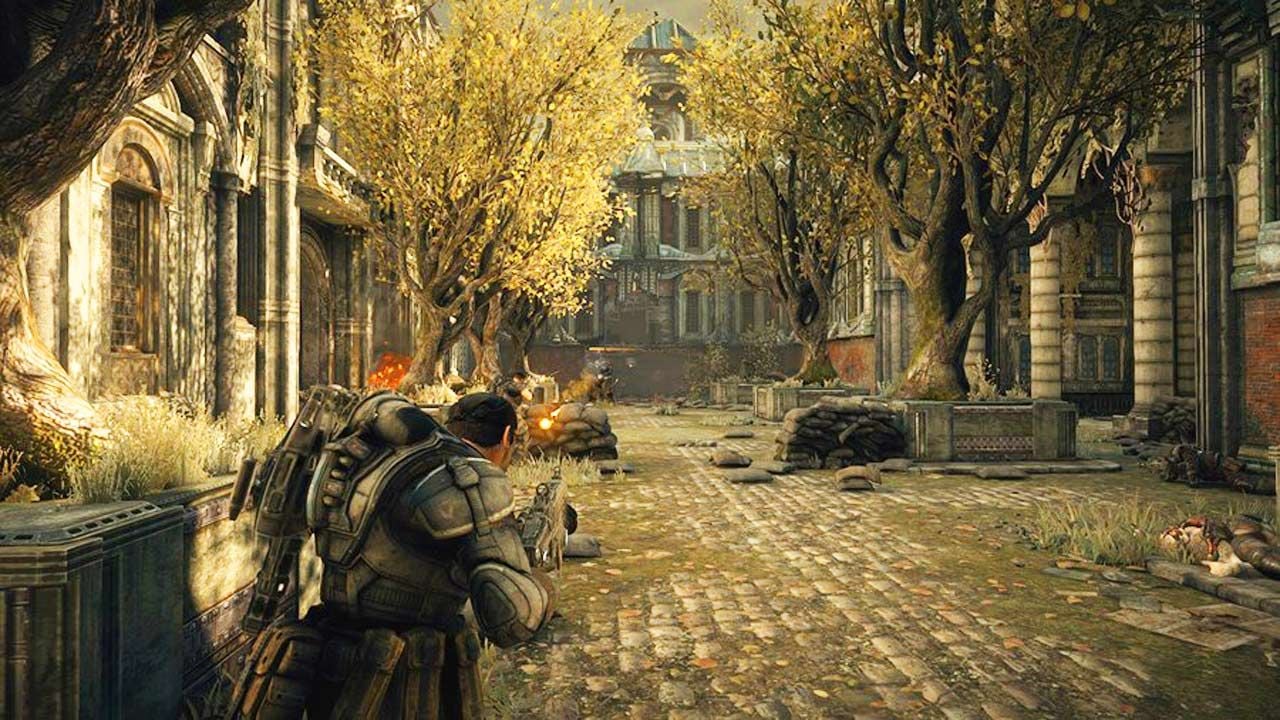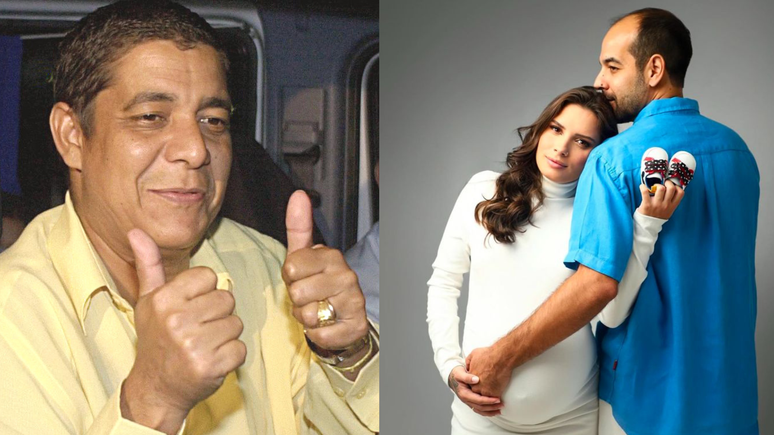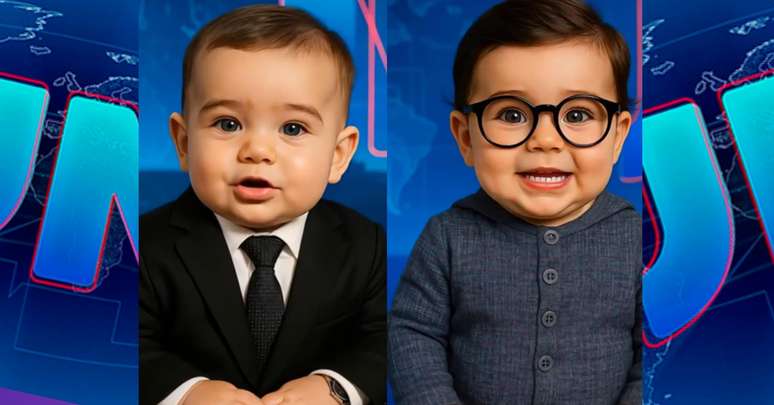Taxi driver makes your head spin
Monument of the 7th art, Palme d’Or in Cannes in 1976 and first recognition for Martin Scorsese and Robert De Niro, Taxi driver It’s a legendary film. Always seen, reviewed, analyzed and commented on constantly by the cinephile community, the story of Travis Bickle in 1970s New York is so well known to everyone. Yet for many viewers, the film’s conclusion is not obvious. As a reminder, Taxi driver ends after a memorable shootout, the culmination of the violence, during which Travis Bickle saves Iris and kills several people. He himself is seriously injured. The following images, a sort of epilogue to Taxi Driver, show that Iris has returned to her parents. For his part, Travis Bickle survived his injuries. Still a taxi driver, he has become a local hero and mocks Betsy (Cybill Shepherd), who has changed her opinion of him.

This conclusion, which ends Travis Bickle’s journey and perfectly completes the narrative of Taxi driver – stopping at the end of filming would have been incomprehensible – however it did not convince all viewers of the film. In fact, many saw a free interpretation of this sequence, that is to say that in reality the images shown were not reality, but some sort of fantasya distressing dream of Travis Bickle before he did not die from his injuries. In other words, the development of a theory that would So Travis Bickle is dead following the shooting.
Paul Schrader cuts the hypotheses short
The screenwriter of Taxi driver Paul Schrader, also a great American director, responded directly a question from a user on Facebook regarding this theory.

To find out if the last sequence is a fantasy of Travis Bickle’s death, Paul Schrader responds like this:
This was not our intention, but it is a legitimate interpretation.
Obviously all interpretations are legitimate. All authors and storytellers agree that once their work is broadcast to the public, they are free to draw from it and figure out how they feel about it. But as a screenwriter of Taxi driver : “it wasn’t our intentionAnd the same question writer specifies that Robert De Niro also stated that this fantasy ending was not what they, the creators, had imagined.
Everyone is always free to kill time imagining what the nature of the final sequence really is. Taxi driver. But not in spite of Martin Scorsese’s narrative and cinematographic approach. In fact, Taxi Driver is not a thriller and it’s not even a movie with twists. Filmmaker of New Hollywood, a cinema that intensely tends towards realism and that believes in the reality of his discourse, Martin Scorsese does not practice misleading cinema or unreliable narration. Unless he is forced to do so by sex.
Example: the adaptation of Shutter Island, where its main character turns out to be clinically insane. Or else, it’s a remake ofInfernal Affairs, Infiltrators, whose narrative deliberately contains blind spots to create surprise. But aside from these two films, it’s very noticeable Martin Scorsese doesn’t play with his audience. On the contrary, rather look for a form of with him truth.
The narration of Taxi driver it is reliable
The same theory was also expressed for the epilogue of The Dark Knight Rises. Suggesting that Bruce Wayne/Batman dies when the nuclear bomb explodes, and that what follows is also the fantasy of a man dying. But this means assuming that the director then passes radically and artificially from reliable narration to unreliable narration. In other words, Martin Scorsese or Christopher Nolan would have told it a true story”which the audience has to believe until almost the end of the film, before suddenly showing it a “false” epilogue.
One of the most exemplary films on the use of unreliable narration in cinema is Usual suspects, where the entire story told is ultimately revealed to be false. Why is it wrong and why does it work so well? Why the narrative of the film is entrusted to the false secondary character and ultimately to the true protagonist: Verbal Kint, that is to say Keyser Soze. In Usual suspectseveryone is deceived by the story of Verbal Kint: the audience as well as the present-day characters of the film, the policemen who interrogate him.

The narration of Taxi driver it wasn’t made by Travis Bickle. Travis Bickle’s story is not told by himself. His words spoken in the voiceover are not an account of his situation but live commentary on it. It is therefore the director Martin Scorsese and the screenwriter Paul Schrader who tell this story, through the images of the former and the words of the latter. And the two men did not want to lie, deceive or give an illusion to their audience. It is obvious that the intention of Taxi driver it is not intended to be a fairy tale, an imagination, but rather the testimony through fiction of the reality of American society in the 70s.
Therefore, to think that the epilogue could be an illusion of the mind of the dying Travis Bickle would be rather evidence of a misunderstanding of the film’s intent Taxi driver. It would also be the suggestion that Paul Schrader and Martin Scorsese have deliberately deceived their audience to leave them in a form of indecision, with a narrative fog and an undefined atmosphere. And this means ignoring what these two giants of cinema have undertaken since their inception: to represent through formidable fictions the reality of the world.
Source: Cine Serie
Ray Ortiz is a journalist at Gossipify, known for his coverage of trending news and current events. He is committed to providing readers with accurate and unbiased reporting, and is respected for his ability to keep readers informed on the latest news and issues.








